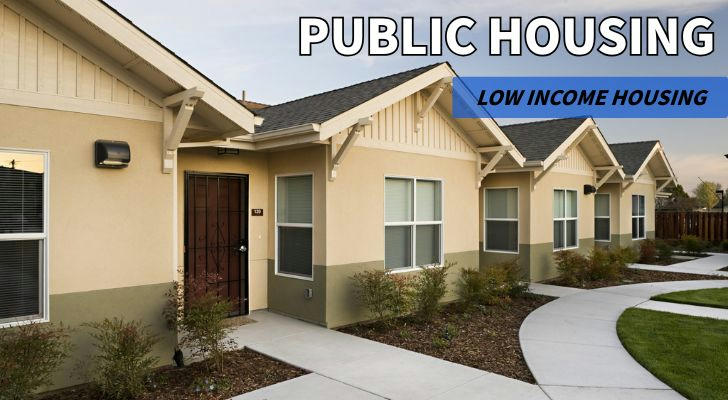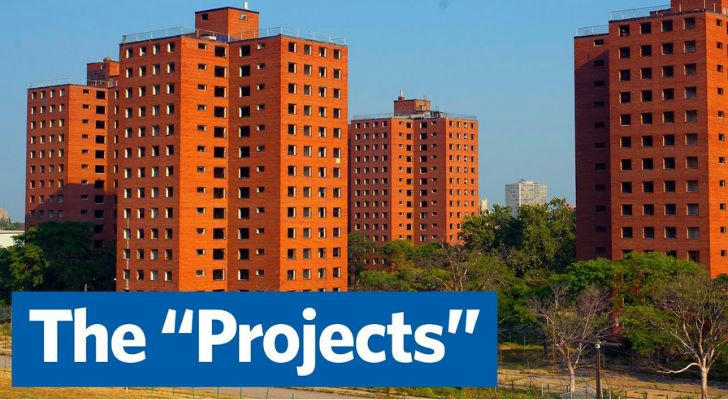How Low‑Income Families Can Apply for U.S. Housing Assistance in 2025
Low Income Housing | Housing Application
Looking to secure affordable housing in 2025? The U.S. federal government offers a range of housing assistance programs designed to support low-income families, seniors, veterans, and people with disabilities. Whether it’s rental support, public housing, or rural assistance, these initiatives can significantly ease your housing burden. This article provides some housing assistance programs and application methods to help you find the right housing assistance program.

📌 What Is Government Housing Assistance?
Government housing assistance refers to federally or locally administered programs designed to help eligible households secure safe, affordable, and stable housing. These programs are funded and overseen by the U.S. Department of Housing and Urban Development (HUD) and other federal entities.
Assistance comes in different forms:
- Rental vouchers that cover part of your monthly rent in private housing.
- Public housing units owned by local authorities.
- Low-Income Housing Tax Credit (LIHTC) properties offering reduced rents.
- Rural housing assistance including USDA loans and grants.
🌟 Why choose to apply for housing assistance?
1️⃣ Rent affordability – Programs like Section 8 can reduce monthly rent to approximately 30% of income, with HUD covering the rest .
2️⃣ Targeted priorities – Seniors, veterans, individuals with disabilities, and families with children are frequently prioritized.
3️⃣ Wide availability – Programs are nationwide and include rural-specific options for households in remote areas.
4️⃣ Stability and community – Qualifying provides stable housing and can improve children’s educational outcomes, health, and work consistency.
5️⃣ Safety and compliance housing – This type of housing must meet strict health and safety standards.
6️⃣ Support access – PHAs may offer programs like job training, utility assistance, and case management.
What housing assistance programs are available?
1. 🔹 Public Housing
Run by local Public Housing Authorities (PHAs), this offers below-market rent in apartment complexes. Eligibility is based on income and household composition.
2. 🔹 Housing Choice Voucher (Section 8)
This widely used program helps over 2.3 million families annually. Recipients choose private housing, pay ~30% of income, while HUD funds the remainder directly to landlords.
3. 🔹 Supportive Housing Vouchers (HUD-VASH, Mainstream, etc.)
Specialized vouchers combine rental aid with wrap-around services for veterans and people with disabilities.
4. 🔹 Low-Income Housing Tax Credit (LIHTC)
Developers offer reduced-rent units funded through tax credits. Income limits apply, and local listings are available via state housing agencies.
5. 🔹 Rural Housing Assistance (USDA)
Programs like Section 502 and 504 provide low-interest loans or grants for eligible families in rural areas to buy, repair, or refinance homes.
6. 🔹 Emergency Housing Vouchers
Launched post-2021, these helped recently homeless individuals but funding runs through mid-2026, and may not be available in all areas.
How to Apply for Housing Assistance Online?
Application Steps:
1️⃣ Find your local PHA or housing provider online and check program openings.
2️⃣ Complete the application, including demographic info, income, and residence history.
3️⃣ Submit required documents: income, household size, citizenship status.
4️⃣ Wait for approval, receive placement or voucher, then search for housing that meets program standards.
Basic Qualifications:
- U.S. citizen or eligible immigrant
- Local residency or intent to reside in the jurisdiction
There are many applicants - please apply promptly and multiple programs will be considered.
Other program options
Local non-profits and state agencies may offer transitional, rapid-rehousing, or energy-efficiency rental assistance programs.
Success stories: Change your life by applying for housing assistance
"After five years of instability, the Martinez family in Los Angeles received a Section 8 voucher. They now pay 30% of their income for a three-bedroom apartment closer to work and their children’s school. The stability improved their kids’ attendance and parents could take part-time jobs." A powerful shift with accessible support.
What Comes Next?
Stability and choice: Choose housing in neighborhoods with better schools, jobs, and safety.
Financial relief: Shift toward earned income without wrestling with rent.
Start Your Housing Assistance Journey
With multiple HUD-backed programs, income-tiered eligibility, and strong rent subsidies, low-income families can regain control in 2025. Don’t wait—identify your local housing authority, complete your application, and explore paired services today.

